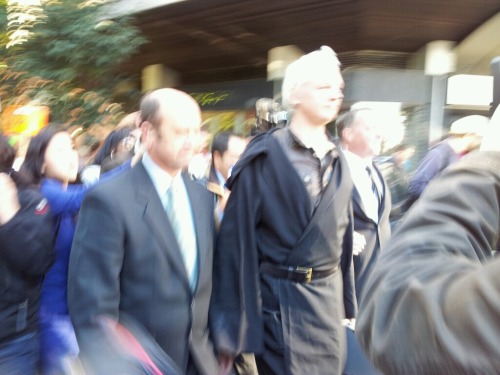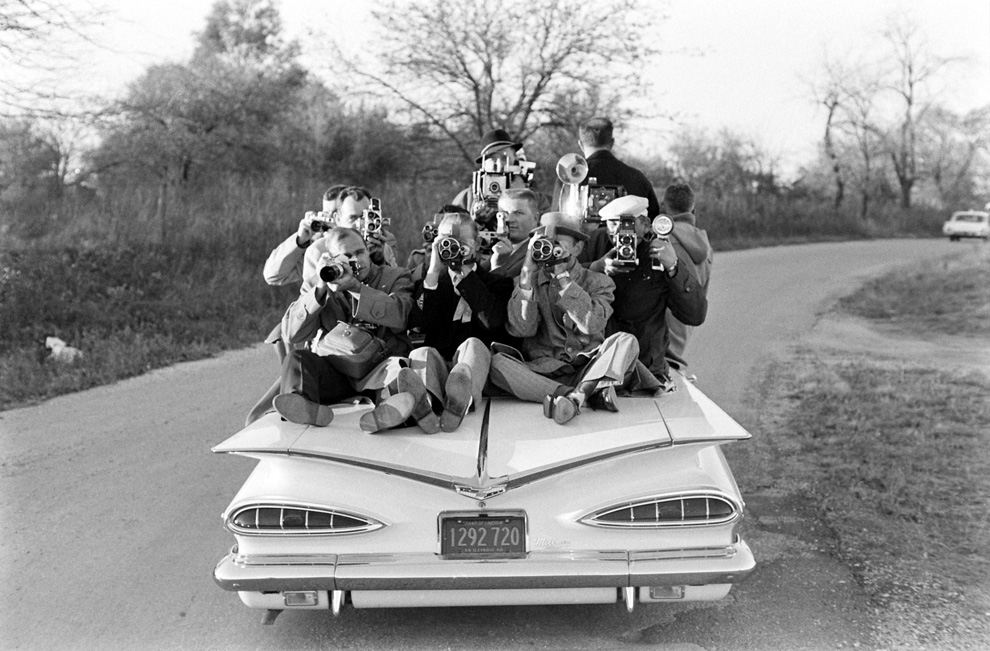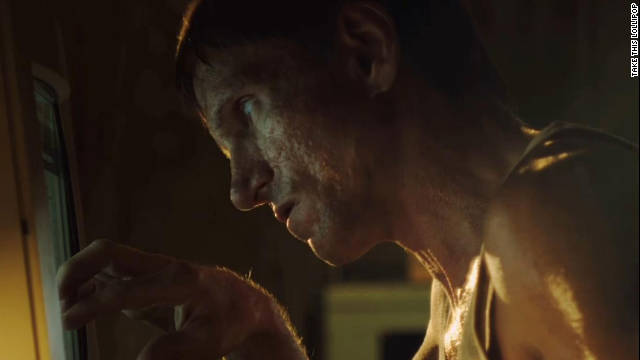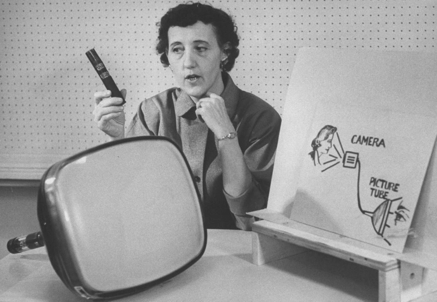 Image of the week is Julian Assange at Occupy London dressed as a Jedi.
Image of the week is Julian Assange at Occupy London dressed as a Jedi.
This week on Cyborgology…
Guest author Matt Rafalow wrote about technology in the classroom.
Things got spooky on Halloween when the Cyborgology editors talked about death and dying on the radio, Jenny Davis wrote about Postmodern Ghouls and Dave Strohecker linked us over to a zombie-takeover of the Huffington post.
And then things get serious when Nathan Jurgenson and PJ Rey co-author a piece about Facebook’s “frictionless sharing” as a new sort-of “digital paparazzi.”
Dave Strohecker looks at modern tattoo culture as it applies to the new tattoo-Barbie.
Have an idea for topics you would like to see covered on Cyborgology? Leave a comment! Want to guest-author something?







